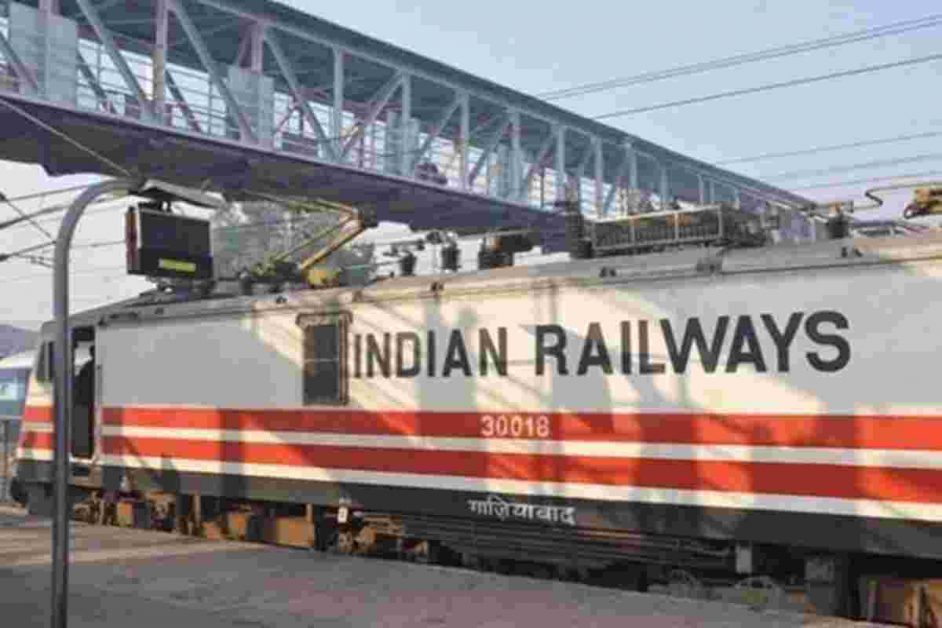Indian Railways will soon introduce a train based on the Vande Bharat Express platform with an aim to facilitate faster movement of freight across its network. Indian Railways has said that these trains will be super-fast parcel services which will help carry time-sensitive cargo.
The national transporter currently runs 4 passenger Vande Bharat train services, which are self-propelled train sets with 160 kmph speed potential. The new freight train based on the Vande Bharat platform is thus expected to speed up freight movement.
“With an objective of capturing additional high value time-sensitive cargo, which is presently being transported through other modes of transport, Indian Railways is planning to introduce super-fast parcel services,” reads a Railway Board circular.
Also called Gati Shakti, the Vande Bharat-based freight train is expected to be ready at the Integral Coach Factory in Chennai by December. According to ICF, the new type of services will capture the “small size” parcel shipments by running dedicated high-speed freight trains. The images, accessed by TOI, suggest that the first train will have refrigerated cars to carry perishable goods.
We take a look at 5 facts we know so far about the new Vande Bharat-based freight trains:
- The 16 car formation will have a payload of 264 T. There will be provision for temperature-sensitive cargo.
- The self-propelled 16-car train set will have an operational speed potential of 160 kmph.
- Designed for palletized container transportation, the new Vande Bharat-based freight EMU will have 1,800 mm wide automatic sliding plug doors.
- The train will have a pneumatically retractable roller floor system with locking arrangements for easy handling of pallets.
- Like the passenger Vande Bharat trains, the new freight EMU will make use of the concept of distributed powering, with 50% powering.
A recent Railway Board circular to General Managers of zones states that the first such train service will run between Delhi and Mumbai. The circular has asked zonal railways to identify and interact with potential customers at the zonal level.
Additionally, railways is looking to identify terminals for running the initial services. Zonal railways have been asked to ensure that the necessary infrastructure and facilities are available at the identified terminals. The various zones have been tasked with picking other possible routes in consultation with potential customers.
Introduction of a new type of semi-high speed freight train service assumes significance with Indian Railways looking to increase its modal share in overall freight transportation across the country.
According to the National Rail Plan 2030, the projected potential growth of freight traffic on Indian Railways indicates that rail traffic has a potential for almost 2.5x growth over the next decade. This is subject to improved logistics performance on rail. The National Rail Plan predicts that if railways were to gradually increase the average speed of freight trains, and reduce tariff, its modal share in freight transportation could rise to 44%. This is a +16% shift from road to rail.





